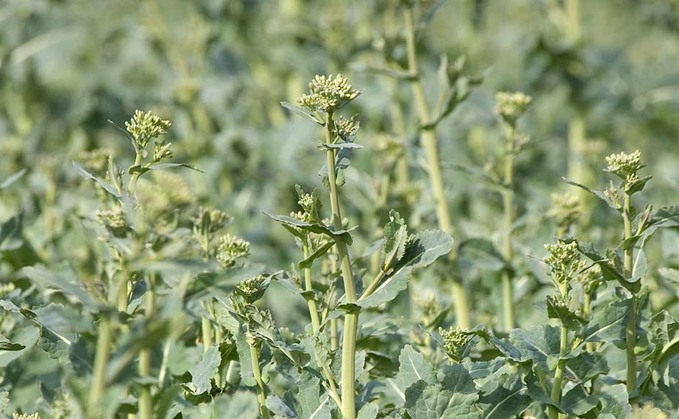
Oilseed rape crops have had a turbulent time in recent months with dry establishment conditions followed by high pest pressure and heavy frosts. Farmers Guardian finds out how to maximise crops this spring....

Oilseed rape crops have had a turbulent time in recent months with dry establishment conditions followed by high pest pressure and heavy frosts. Farmers Guardian finds out how to maximise crops this spring....